2 Days in the Japanese Countryside with Mari-Alina Timoshchuk
“If you remember me, then I don’t care if everyone else forgets.” — Haruki Murakami
Our trip to Japan was so magical and one of my favorite parts of the trip was going to Hakone Japan. Hakone is a town in the Kanagawa prefecture, Japan with a population of approximately 11,000. It’s a notable spa town with hot springs everywhere and a gorgeous view of Mount Fuji. Most of the town is within the borders of the volcanically active Fuji-Hakone-Izu National Park centered on Lake Ashi.
I also love how every Japanese city and town has their own mascot. Hakone’s is a particularly cute dumpling wearing a leaf hat. Why is this not a universal requirement?
Ryokan:
We stayed in a ryokan which is a traditional Japanese inn and an absolute must for any trip to Japan. These establishments typically feature tatami-mat rooms, onsen hot springs, and provide a traditional Japanese lifestyle and hospitality.
When entering your greated with a warm welcome and given traditional Japanese yukatas to wear around the ryokan. The communal area had a 24 hour snack bar with fresh, Japanese milk, mochi and dumplings. I loved the meditation room with a view of the outdoor forest.
Our room had traditional tatami style mats, a dining area, and my favorite part: an outdoor private balcony with a view of the mountains and a private bath. I especially liked the extremely cozy pajamas that were provided.
One of my favorite parts of the ryokan was the bathing areas or ofuro. The communal ones were segregated by gender and there was at least three different areas to try. They also had private hot spring baths that could be reserved in the forest for you and your partner and I loved going there at night to take a hot soak by the moonlight and the sounds of the forest as background music.
Most ryokan offer dinner and breakfast which are often included in the price of the room. Ryokan pride themselves on the quality of their food. Meals typically consist of traditional Japanese cuisine known as Kaiseki, which features seasonal ingredients and regional specialties.
Kaiseki originally referred to light meals served during a tea ceremony, and today refers to a meal consisting of a small number of varied dishes. Often ryokan will serve local specialties such as basashi or food cooked in an irori hearth. So that each dish can be enjoyed at the proper temperature, ryokan stress that guests should be punctual for their meals. For this reason, most ryokan ask guests to confirm the time they want to take their meals.
To see more delicious foods of what we ate during our ryokan stay please see my full post on our ryokan experience here. 2 Days in a Japanese Ryokan with Mari-Alina Timoshchuk.
Hakone Open Air Museum:
The Hakone Open Air Museum is simply stunning and a must visit for anyone visiting. It successfullys creates a harmonic balance of nature and art by exhibiting various sculptures on its grounds in combination with views of the surrounding valley and mountains.

The museum has various different sections and exhibition spaces outdoors and indoors. The Picasso Exhibition Hall is one such space and showcases two stories of paintings, sculptures, and ceramic works by the artist in addition to photos of him at various points during his life.
Ouside, the verdent lawns of the museum are dotted with abstract sculptures from Japanese and international artists. One of the largest pieces is the Symphonic Sculpure. More reminiscent of a tower than a sculpture, visitors can enter and ascend a spiral staircase surrounded by colorful stained glass to a viewing platform with views of the park and the surrounding mountains.
The museum also offers several more exhibition halls with rotating exhibitions by various artists, shops, and cafes that overlook some of the installations, multiple kid spaces including ZigZag World were children can play among a soft art installation and an outdoor foot bath.
Hakone-Jinja Shrine:
The Hakone Shrine (Hakone Junja) stands at the foot of Mount Hakone along the shores of Lake Ashinoko. The shrine buildings are hidden in the dense forest, but are well advertised by its huge tori gates, one standing prominently in the lake and two others over the main street of Moto-Hakone.
A path leads from the torii gate in the Lake Ashinoko up a series of steps flanked by lanterns through the forest to the main building, which sits peacefully among the tall trees. The shrine is beautiful throughout the year, and is particularly breathtaking when shrouded in the mist.
A second shrine, Mototsumiya (“original shrine”), stands at the summit of Komagatake one of Mount Hakone’s multiple peaks. It is accessible by the Hakone omagatake Ropeway from Hakone-en or via hiking trails.
Pirate Ship:
Thee ferry in Hakone is a pirate ship. In the ship there is 3D art and pirate objects which can be enjoyed by children and the child inside all of us. The sightseeing ship navigates Lake Ashii. It gives beautiful views of the laketop torii gate of the Hakone-Jinja shrine and Mount Fuji.
The trip takes about 20 minutes and is absolutely worth every second. The lines are not long at all and gives you straight access to a short hike that will take you straight to the Hakone shrine. Definitely worth the trip. Please don’t leave without fulfilling all your Titanic photo opportunity desires.
Owakudani:
Owakudani (“Great Boiling Valley”) is a volcanic valley with active sulphur vents and hot springs in Hakone. It was created around 3,000 years ago, as a result of the explosion of the Hakone volcano.
It is a popular tourist site for its scenic views, volcanic activity, and uro-tamago (“black egg”) — a local variety of delicious hard boiled eggs that uses the hot springs in their preparation. As a result of them being boiled in the mineral-rich waters of the valley, which contains high levels of sulfur, the egg shells turn black and gives off a slightly sulfuric odor. Legend has it that eating one adds 7 years to your life!
You can see the vents with a bus line from Odawara station. There is a visitor center just below the Kuro-tamago hot springs sites.
I hope this helps plan your trip to Hakone and a Japanese ryokan!






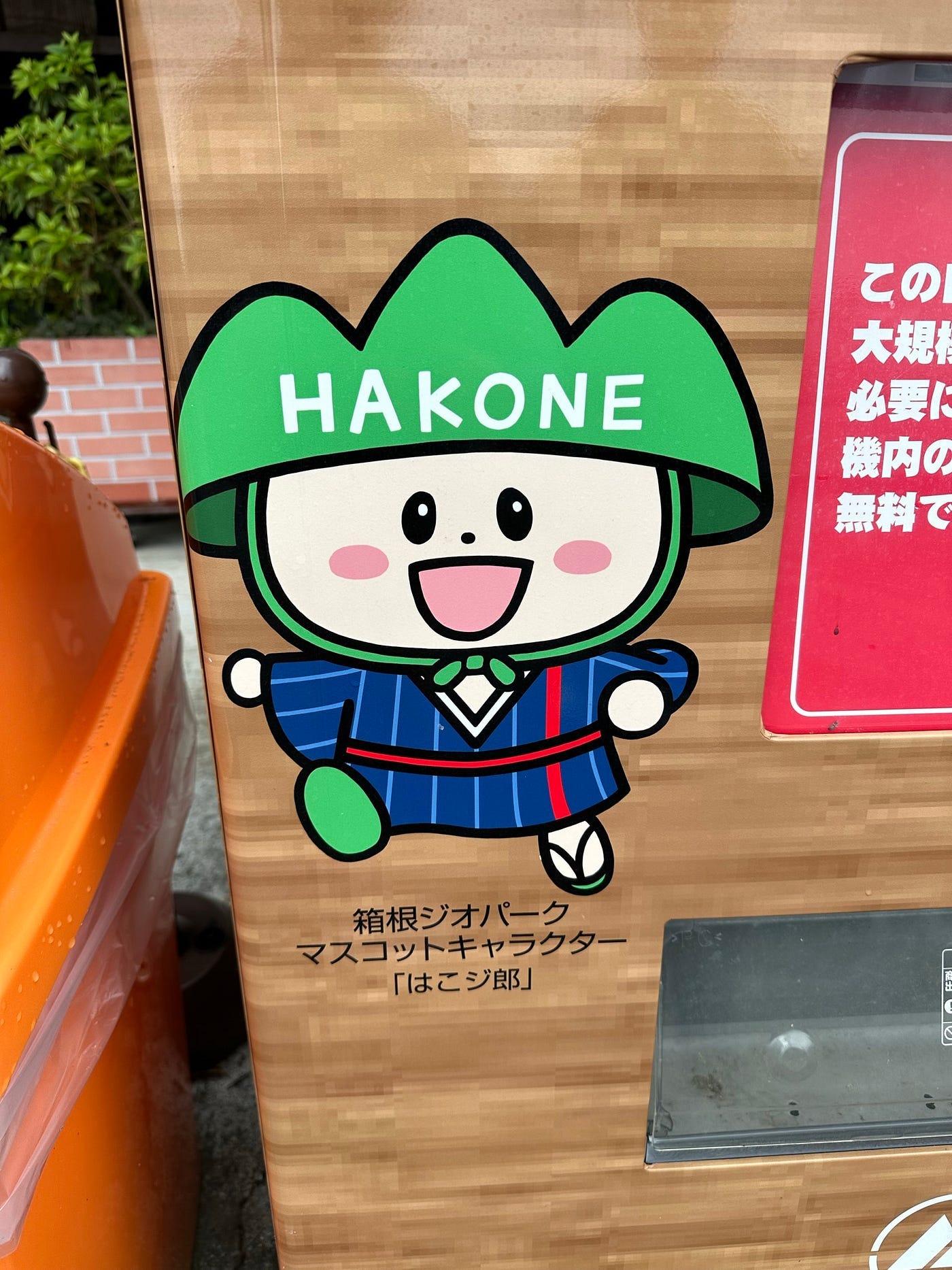
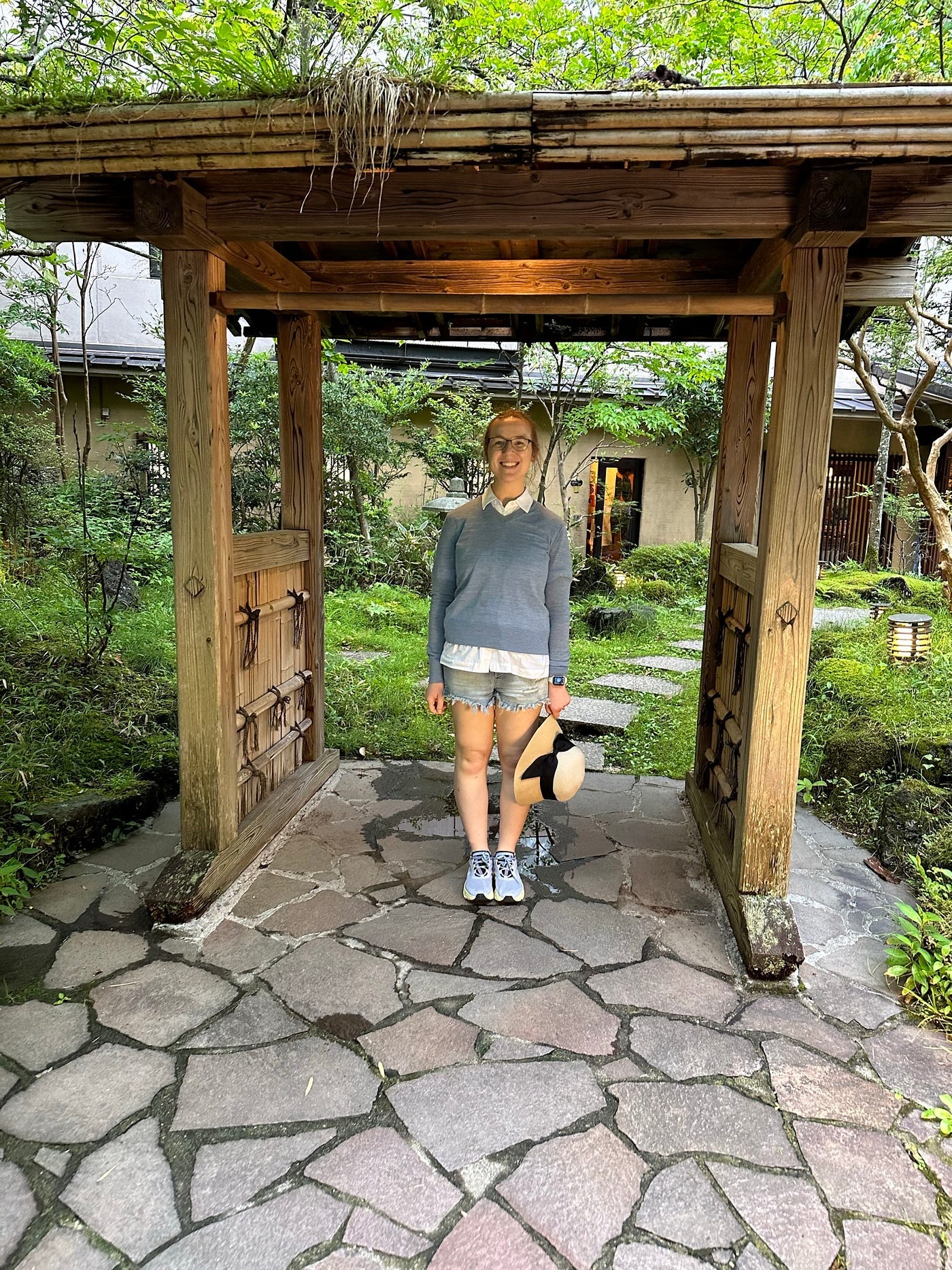
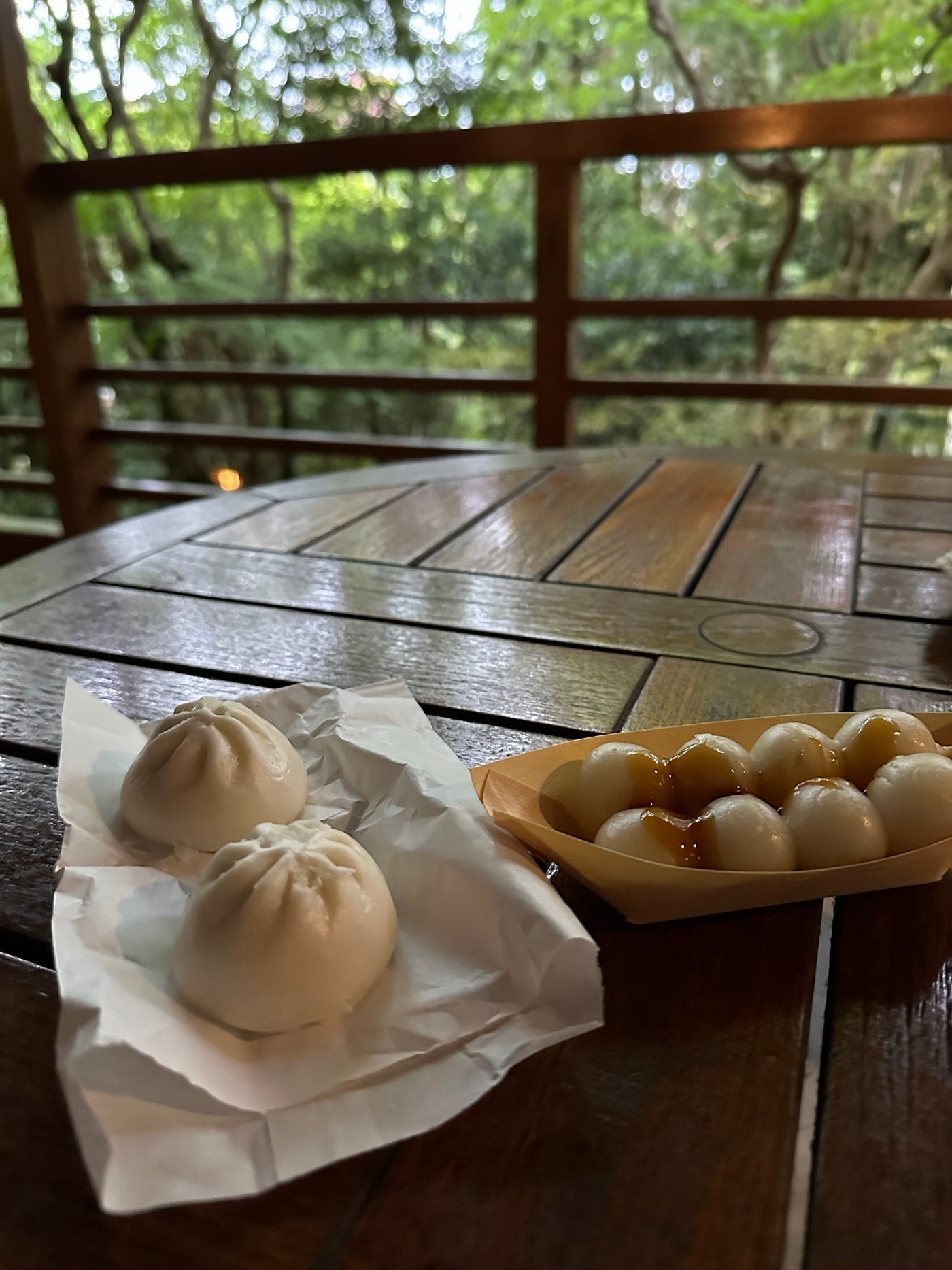




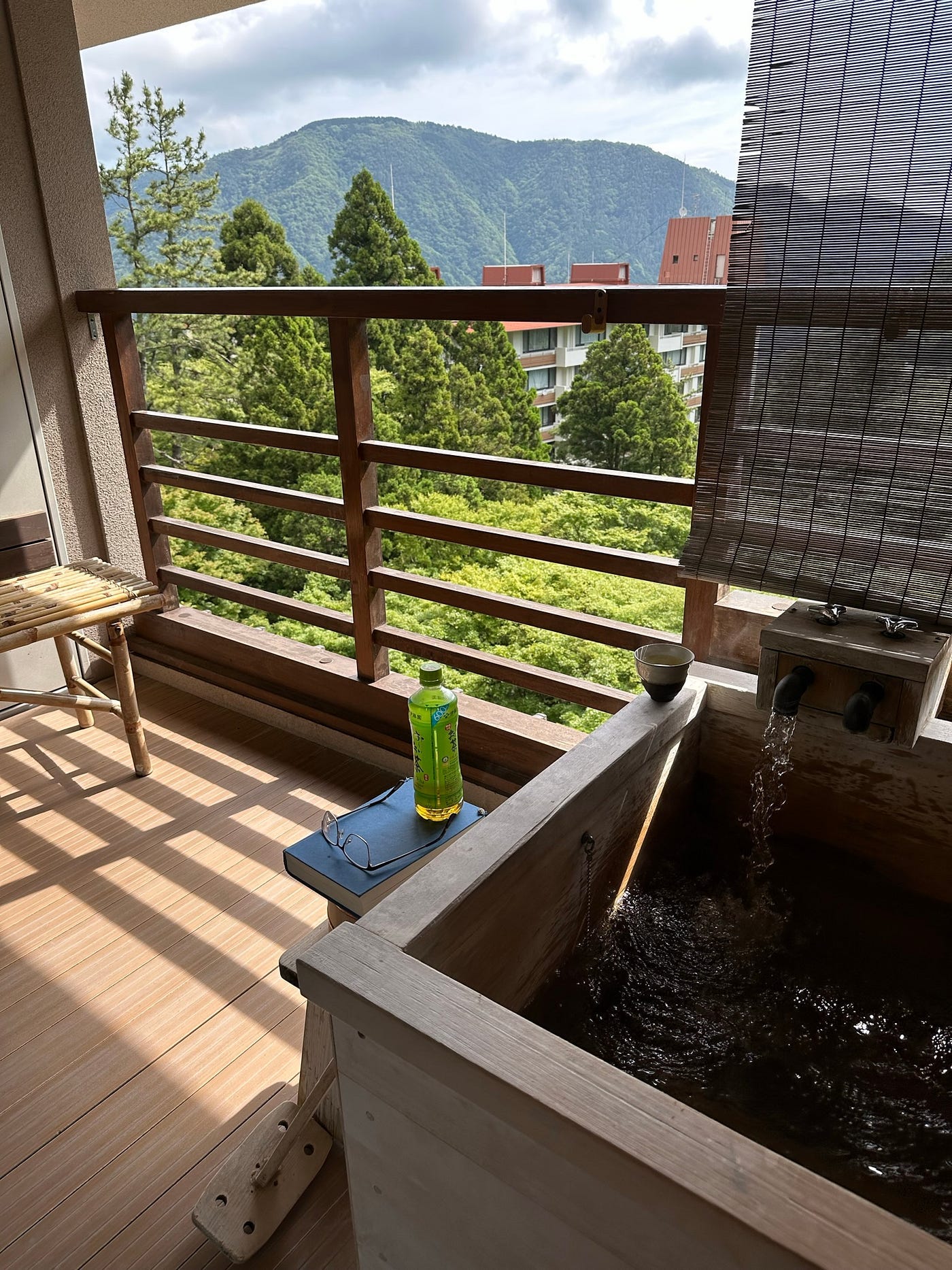


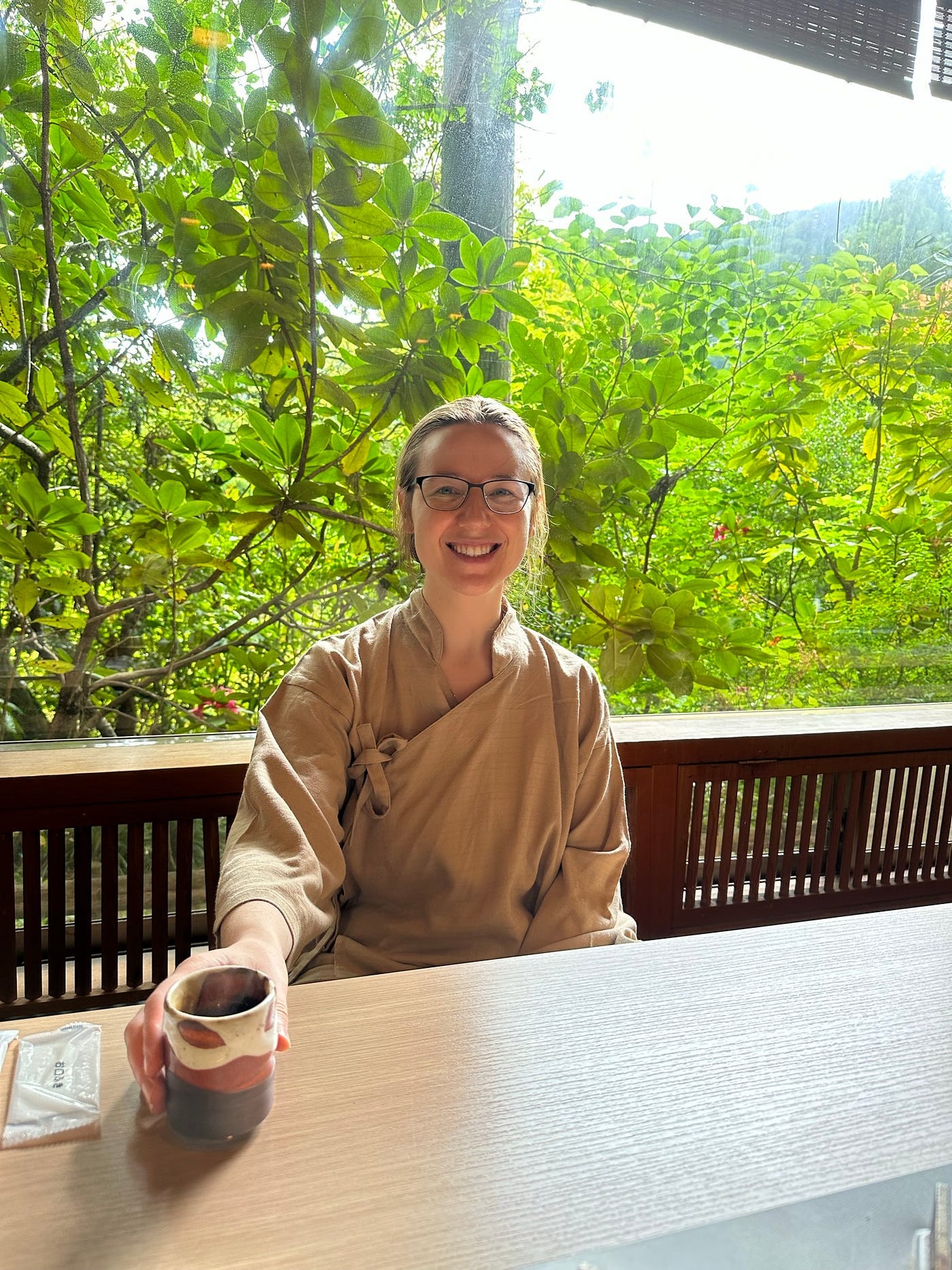



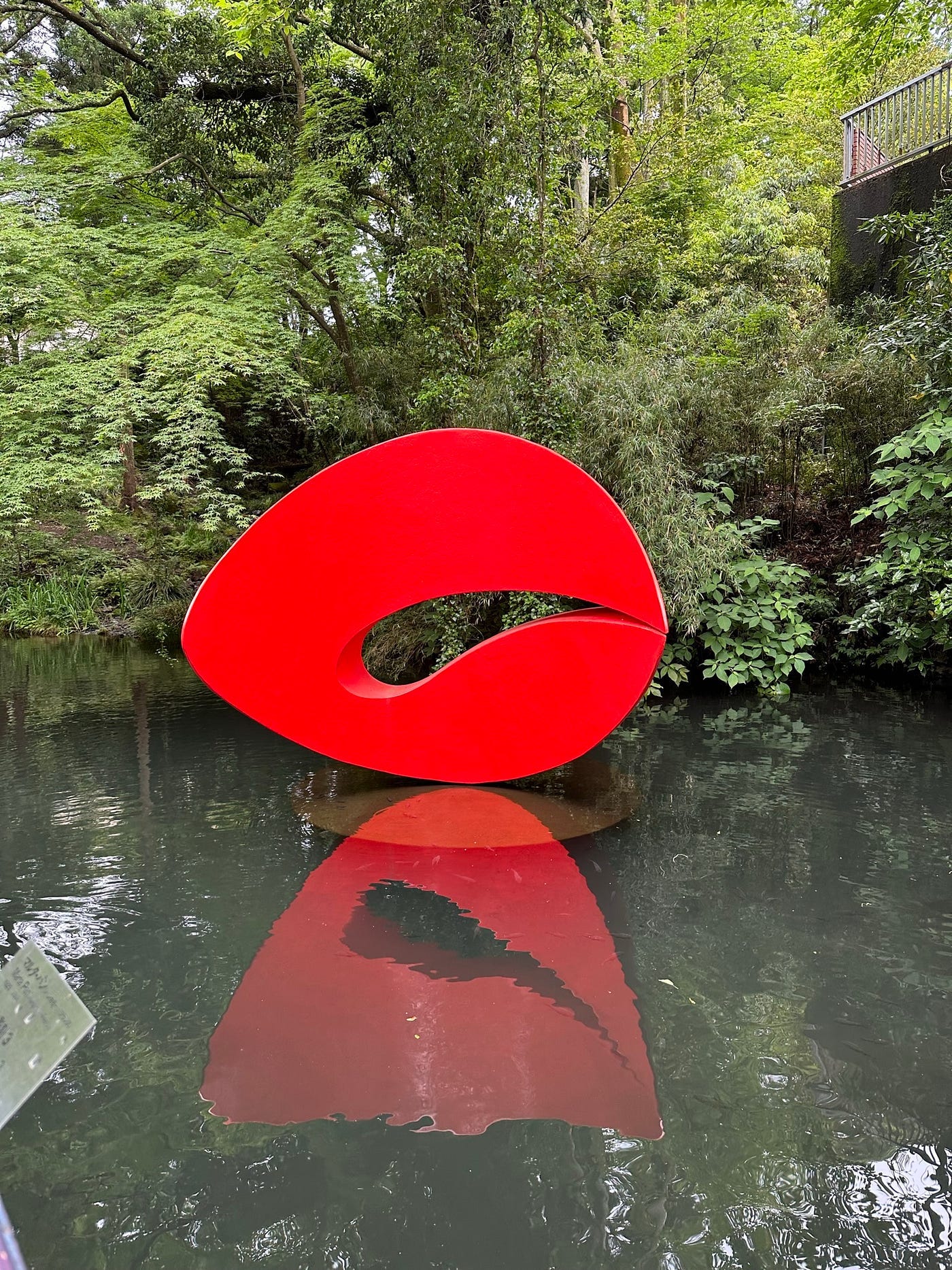
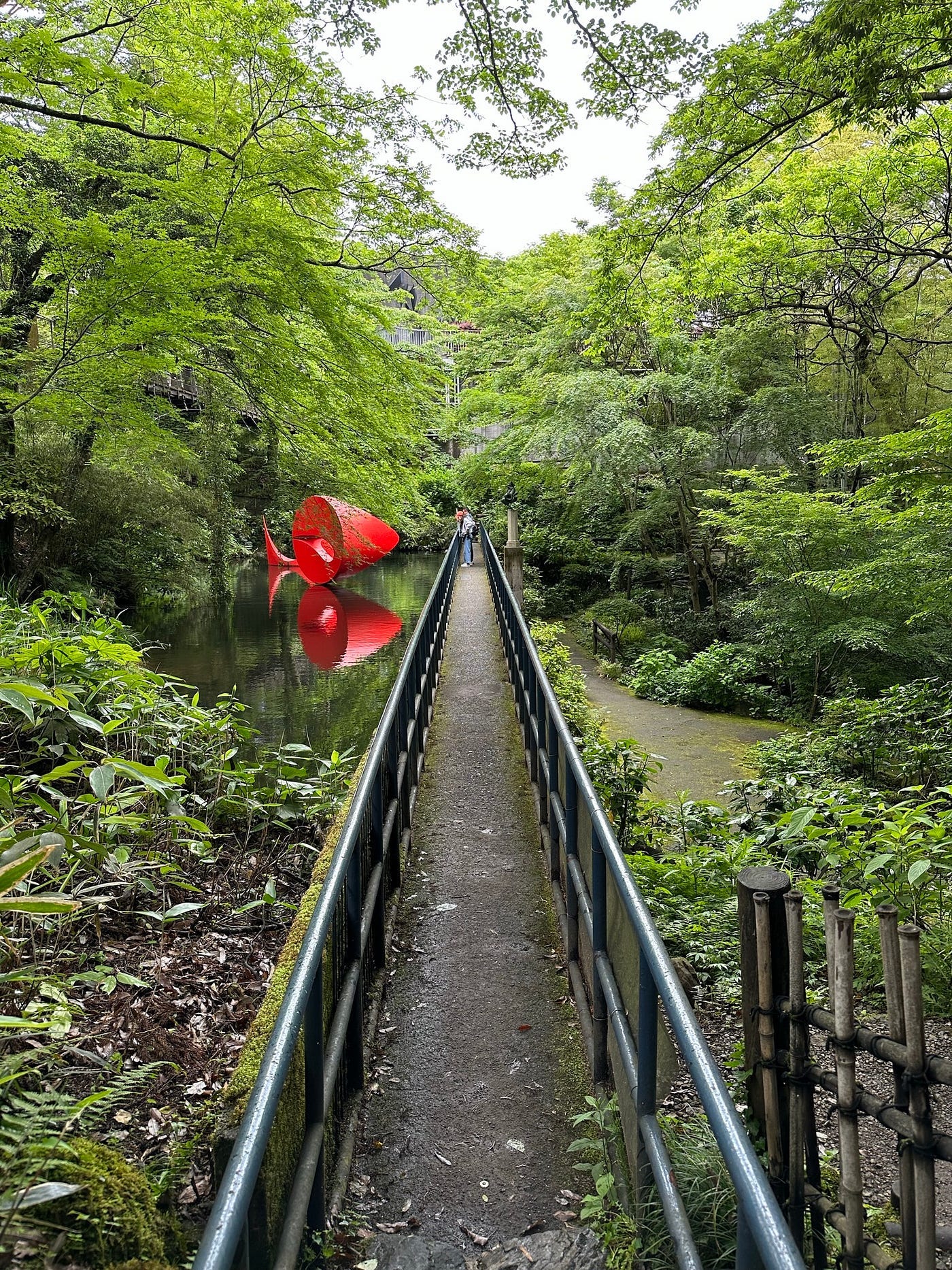
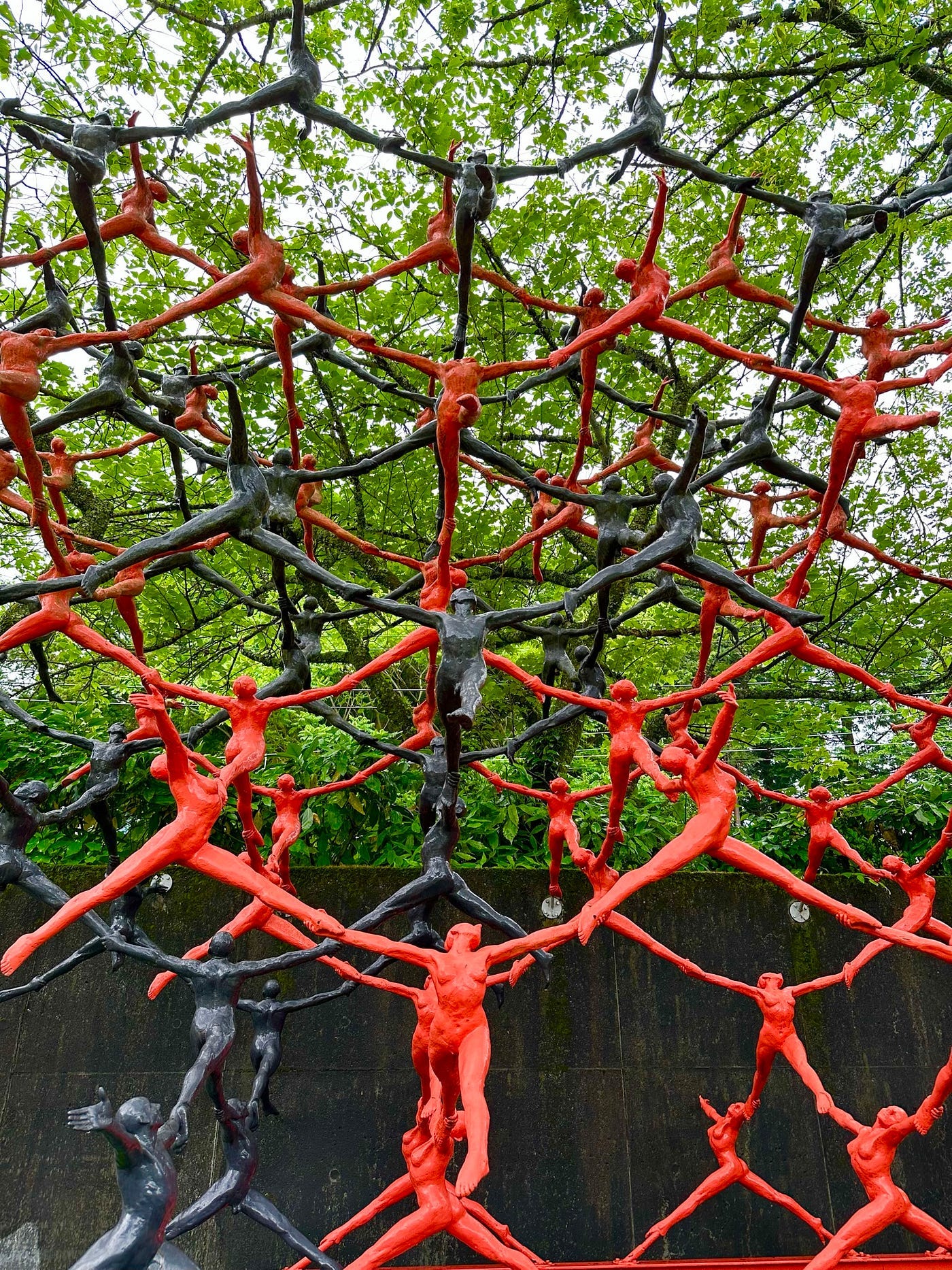

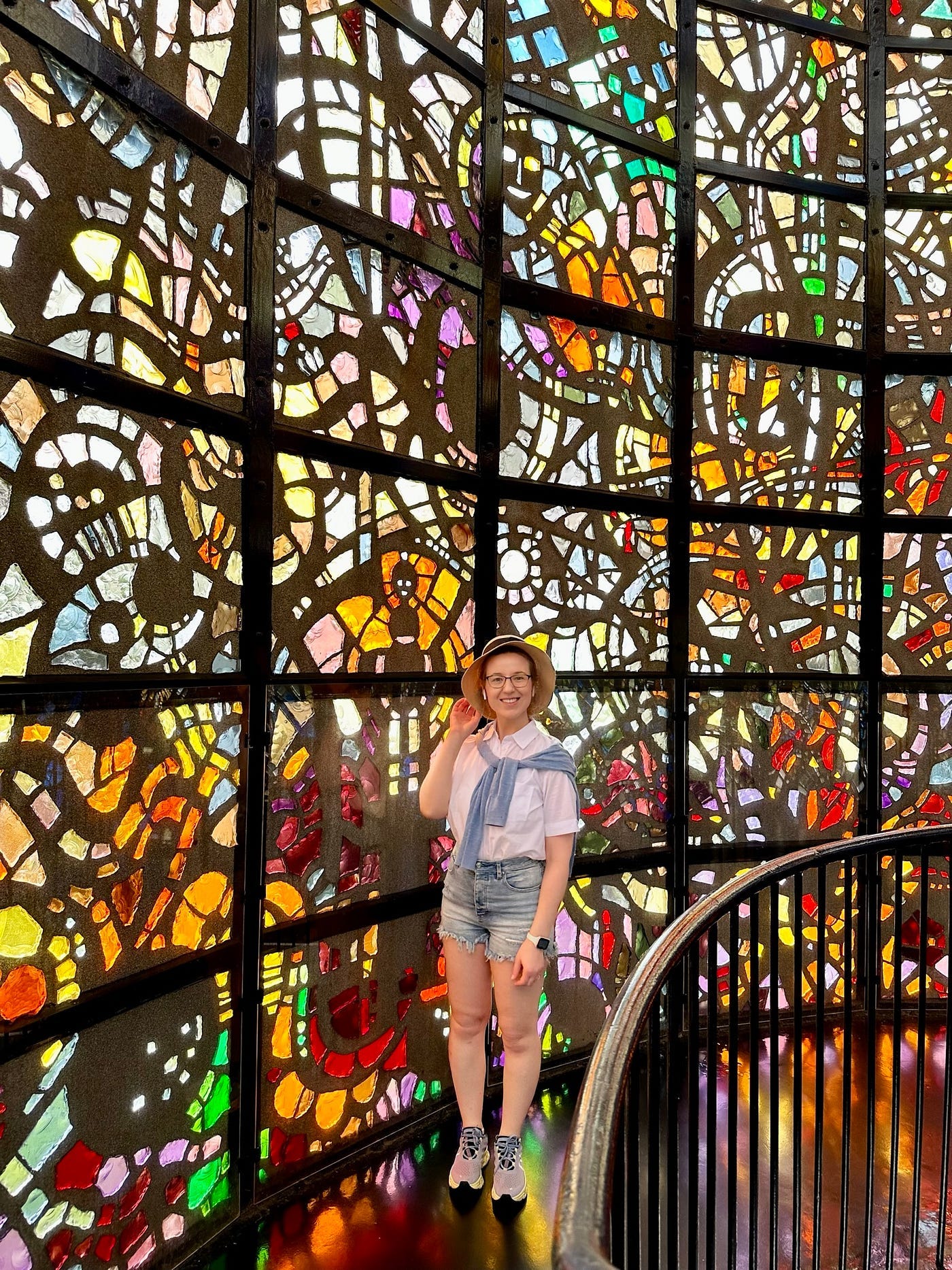
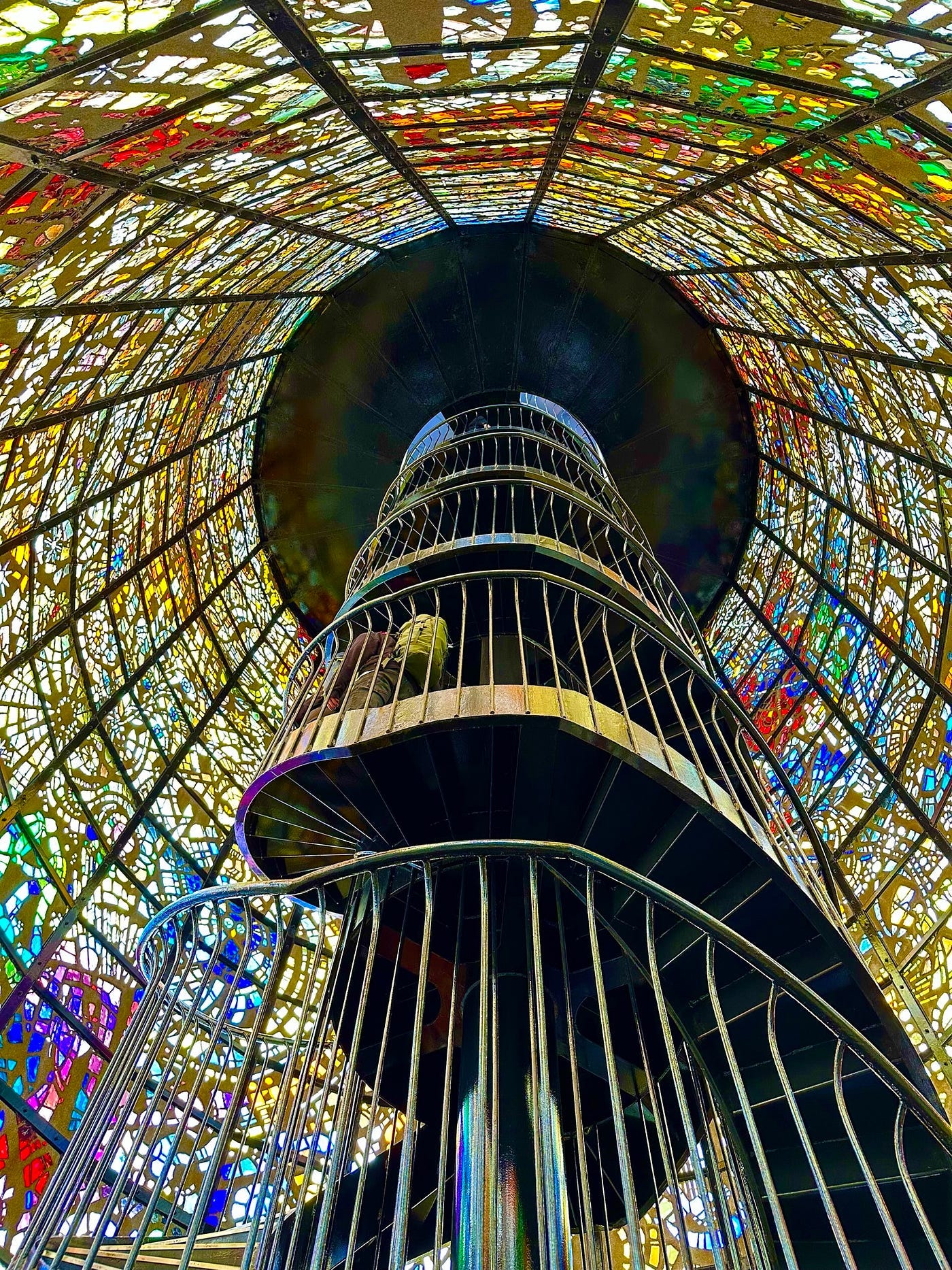



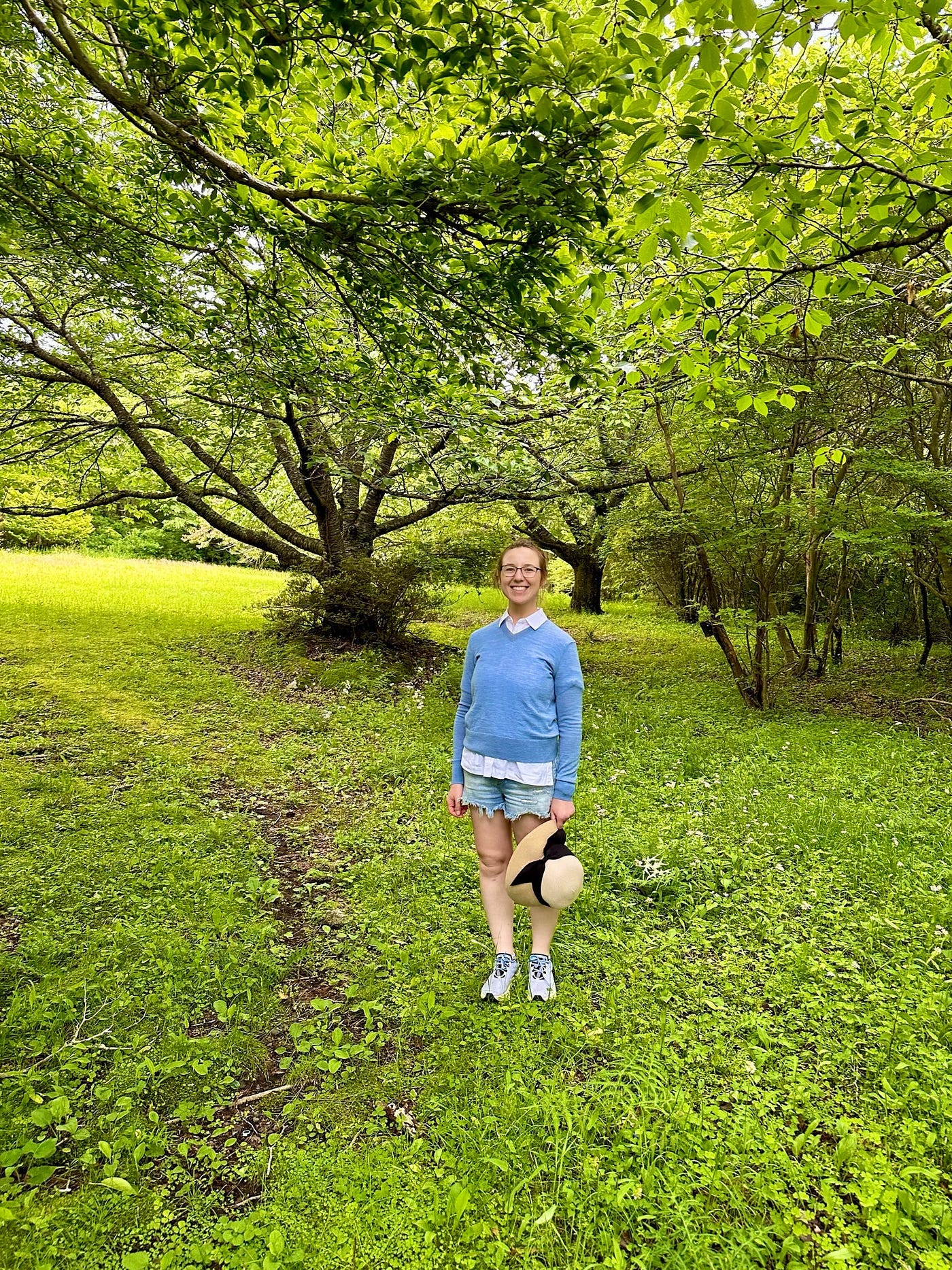


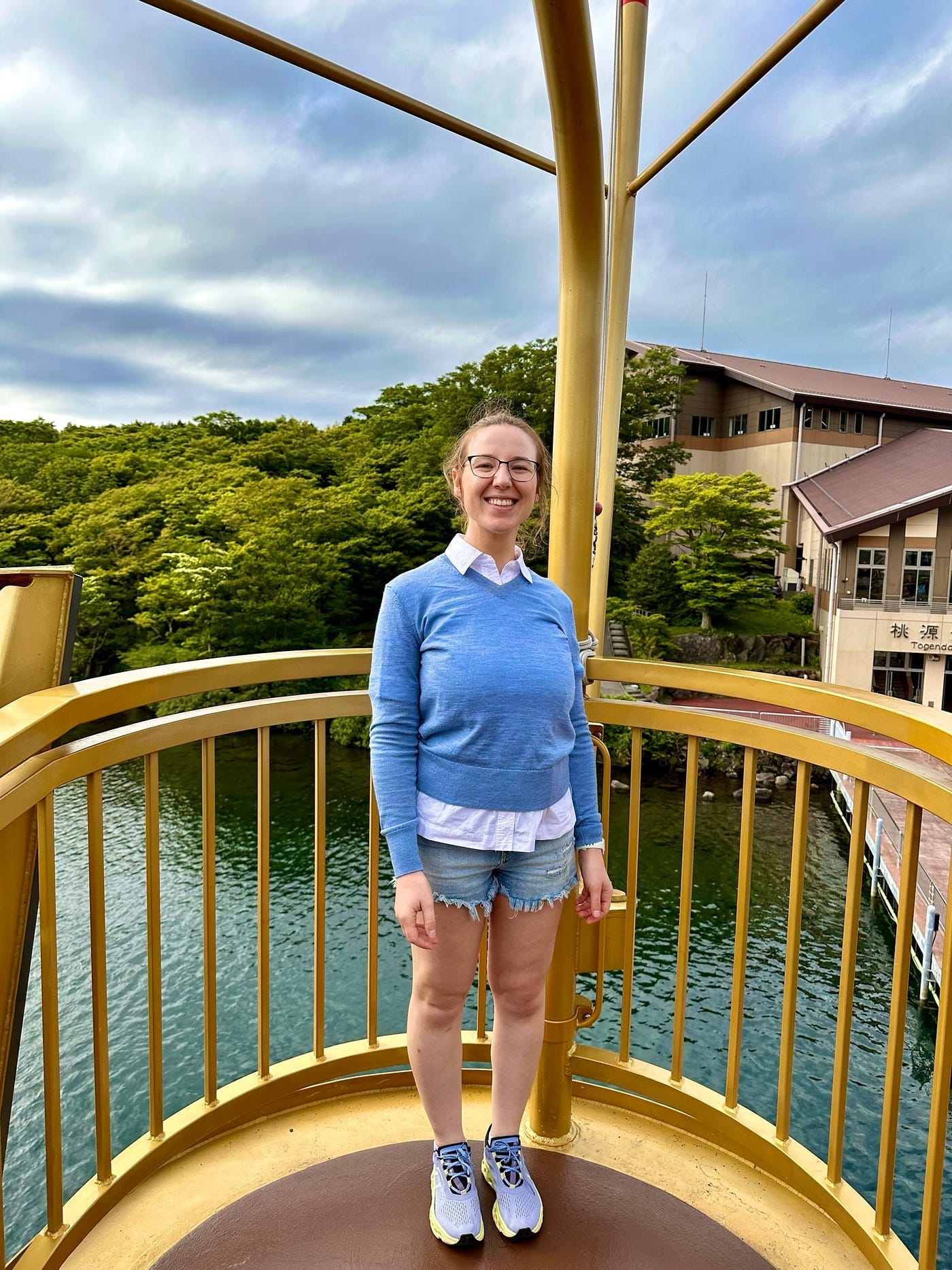
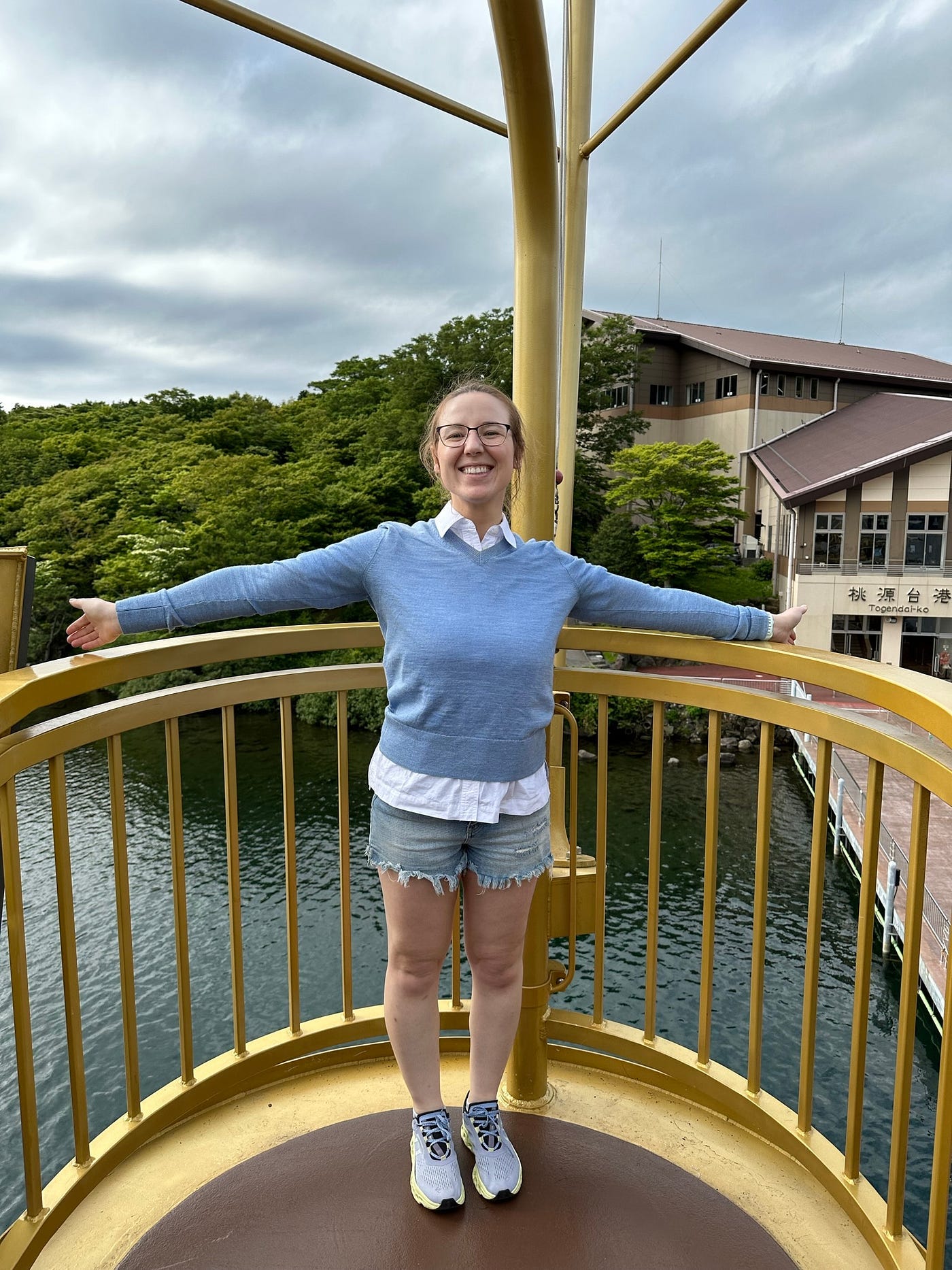
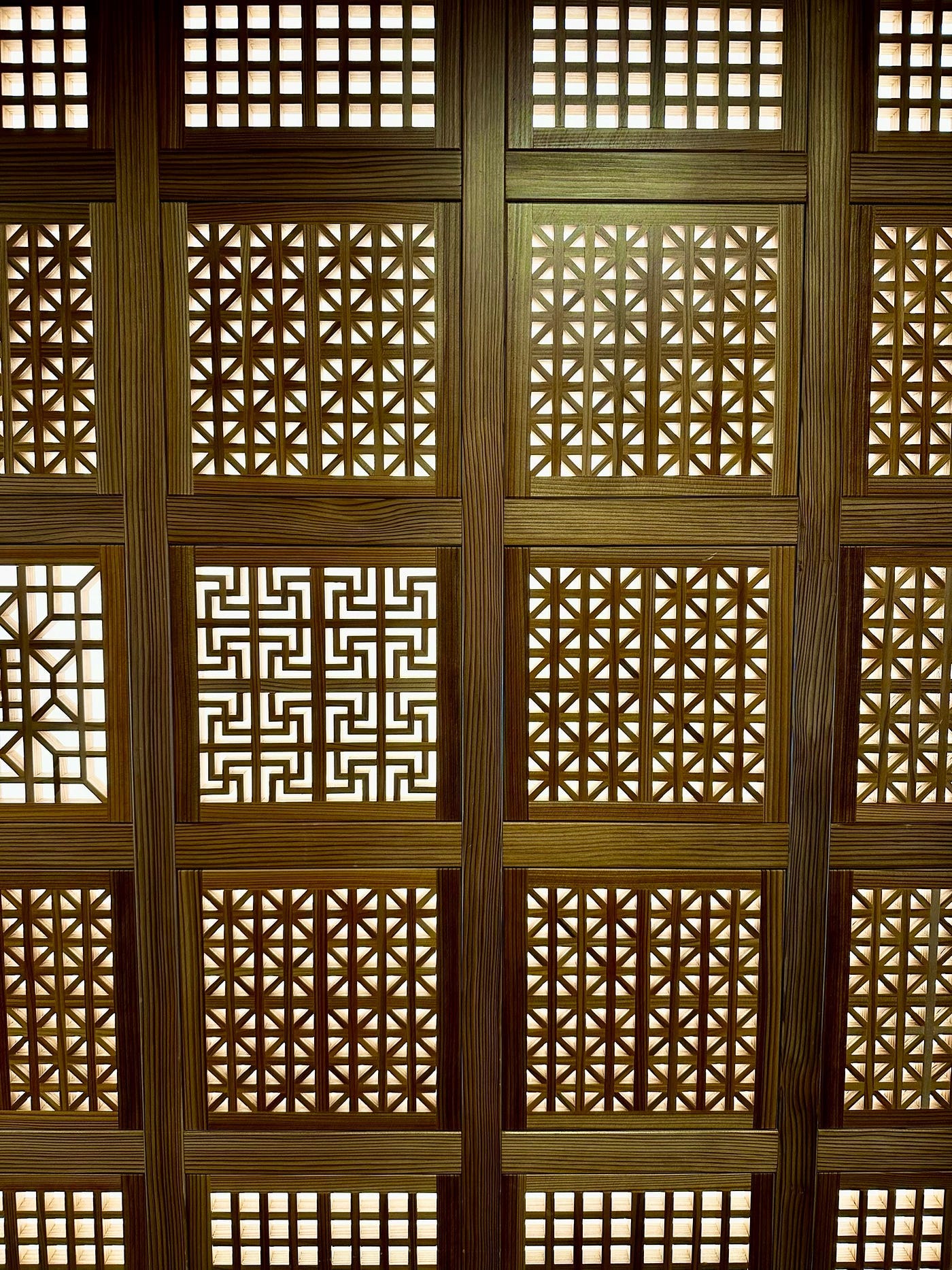




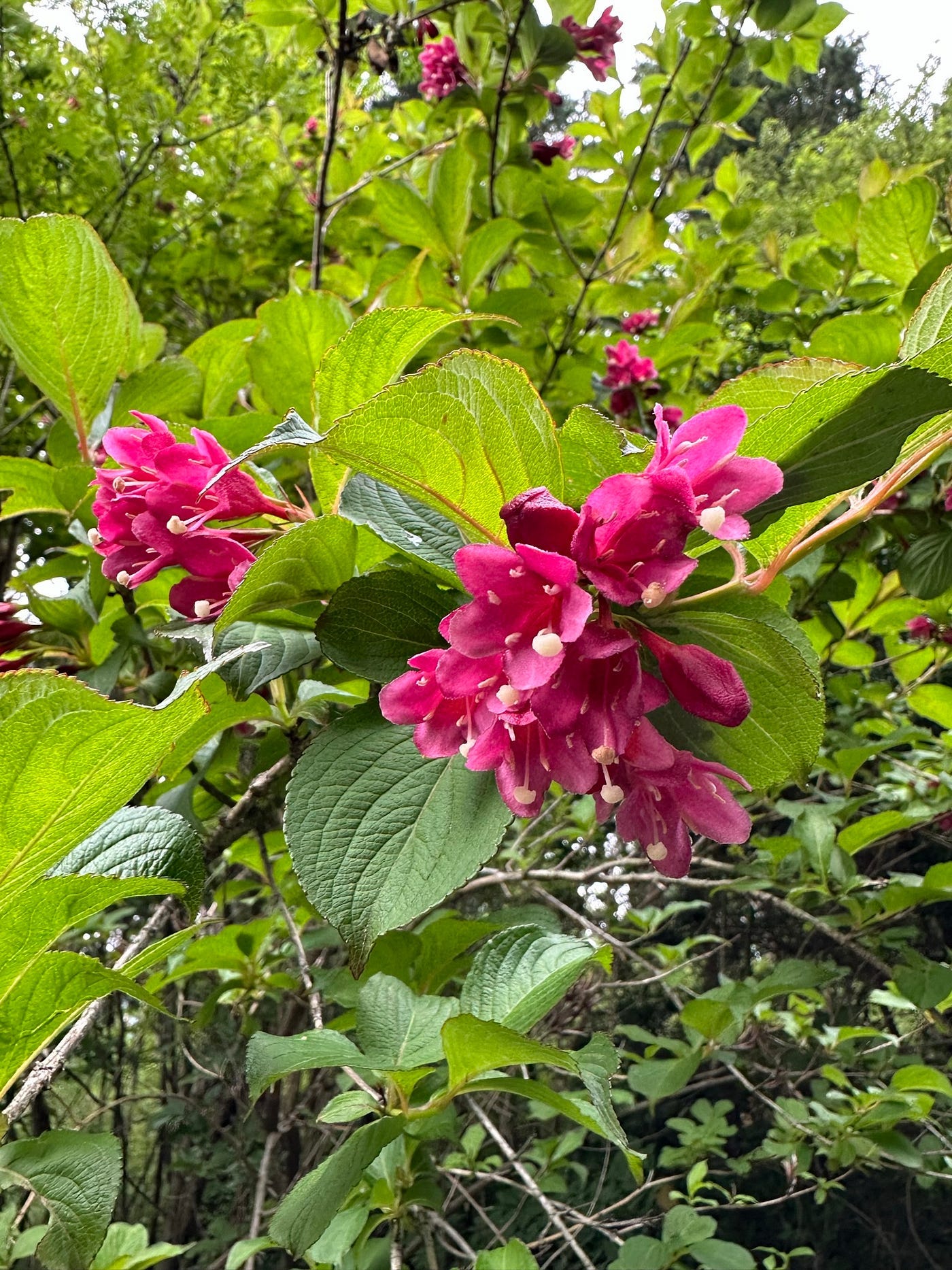
Love this❤️
Thank you for sharing! Such a great read❤️